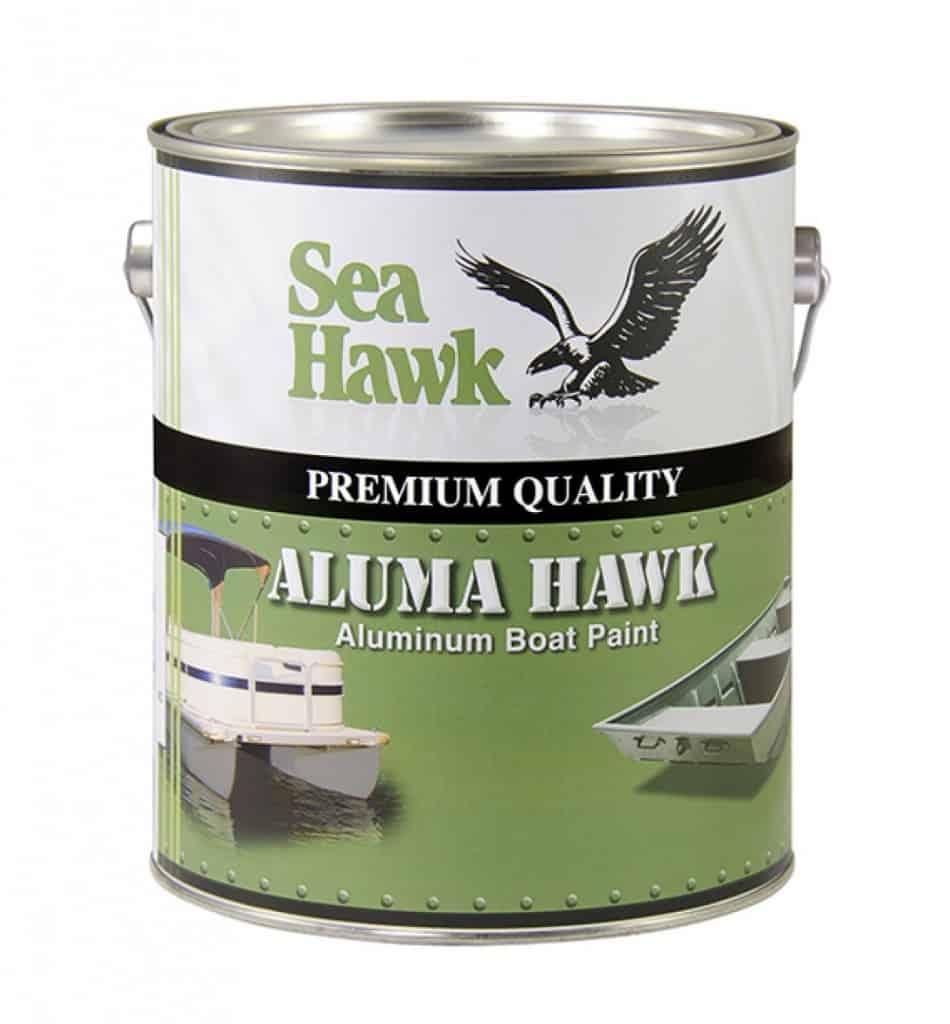The waterline can also refer to anyline on a ship’s hull that is parallel to the water’s surface when the ship is afloat in a normal position. There are many reasons a waterline needs to be marked, it is a new vessel, the old paint has been blasted off for a new finish, or you’ve loaded it up with more stuff the original marking is off. Marking the waterline is often met with dread and getting the correct line for your bottom paint will provide stunning results. Getting it wrong, especially when paired with a boot stripe, will stand out like a sore thumb.
If your boat is new, the waterline should be marked on the designer’s drawing, if that is available. If not, you can take the measurements from a similar boat. If the boat has been in the water, even a few days, there may be some slight staining along the waterline (or just float the boat) that can be marked with a grease marker (best if it is full with fuel). Others have advised to throw sawdust in the water around the boat. Haul the boat and see where the sawdust has stuck to the wet hull.
Fine-line masking tape is ideal for this because it has some stretch and conforms very well to hull shape, especially if the hull has a lot of reverse turns. Don’t press the tape too firmly yet – you may need to peel it back for small adjustments. Once you’re happy with the whole line, press the tape firmly against the hull. Since the boat is already level, all you have to do for the second side is to set the level at the correct height and mark the stern with a piece of tape or transpose the wax crayon mark.
When the boat is aligned athwartships, set up the laser tripod, the exact spot is not critical providing the laser beam can see the whole side of the boat (if you can see it, so can the laser beam). Turn on the laser and adjust the height of the beam until it touches the marks you made at the bow and the stern. If it touches the mark on the bow but the stern is too high, lower the jack-stands at the stern or raise those at the bow—vice versa if the stern is low. Double-check the spirit level in the cockpit to make sure you’re not tilting the boat.


